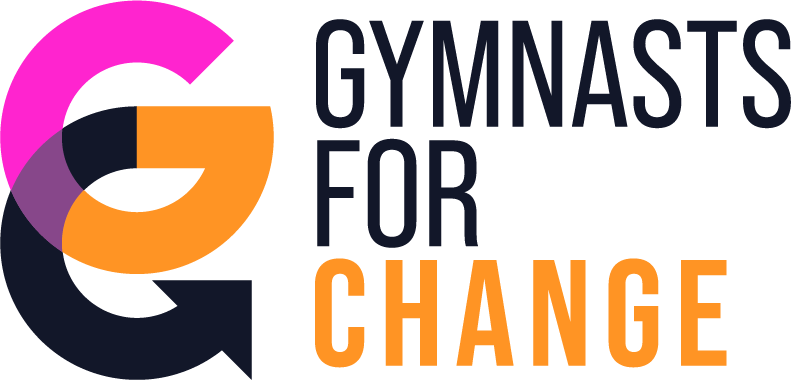A Call For Change: Making Gymnastics Safer
PART TWO
Gymnasts for Change asked a panel of experts from across the world what key change they’d like to see – to the culture, competition format or code – to make gymnastics a safer sport for all. Here’s what Nick Ruddock, Hannah Whelan, and Satya Jeremie had to say.
Nick Ruddock
Performance Gymnastics Coach, Consultant and Educator
The current competition format for some major senior international apparatus finals doesn’t permit athletes to have a ‘touch warm up’ on all apparatus in the competition arena prior to performing their routine to the judges. Due to the incredible difficulty and risk involved with such elements, I feel it is necessary to permit the athletes to have their touch warm up on ALL apparatus within the competition arena itself, allowing time to adjust to the apparatus, environment and of course to manage any pre-performance anxiety and nerves.
The rules should be in favour of the athlete performing to the best of their ability, and in the safest conditions, without compromising the competitiveness or integrity of the final. Permitting the touch warm up, similar to all other finals and competitions would meet these requirements.
With the ever increasing difficulty of our international performers, it is only a matter of time before such a rule results in a preventable injury or accident, and it is our primary duty to protect the athletes. The inclusion of a much larger landing mat behind the vault for warm up would also be beneficial for athletes preparing higher difficulty elements safely.
Hannah Whelan
Double Olympian, Double European & Commonwealth Medallist, and 3x British Champion. UKCC Women’s Artistic Level 4 Coach
As a retired gymnast and now coach, I am passionate about the future of this sport and making it a positive, successful, and nurturing place for all involved, with the gymnasts at the centre.
Having participated in coach education courses in the UK, and from my understanding of the lack of education in the USA, one of the most important things we need to do is educate coaches on best coaching practice, and this needs to be continuous. There isn’t enough information provided on courses on ‘how’ to teach, or the complexities of working with children, as the majority of the content is technical. As coaches, we have such a big responsibility in developing and shaping these young children’s lives and we need consistent professional development and support in the ever changing world children are facing.
It’s equally vital for coaches to understand the huge impact (positive or negative) they can have on their gymnasts. We are first and foremost coaching ‘children’. Gymnasts can’t be fully supported in the gym if the coaches don’t have the knowledge and support from their NGB.
Satya Jeremie
Lawyer & member of the legal team investigating claims against BG, clubs and coaches
Sport is ‘an activity involving physical exertion and skill in which an individual or team competes against another or others for entertainment.’ To say this of gymnastics is to understate the obvious. Some moves are performed around a centre of gravity situated outside the body; every gymnast is going further than Icarus, routinely achieving controlled human flight.
Negative coaching is forcing gymnasts, many of whom are children, to work not only against gravity, but in the presence of the constant threat of harm from inadequate safeguards and lack of best practices. This has placed gymnastics behind modern standards of safe sport and hindered rather than enabled achievement.
Civil justice can facilitate the evolution of the sport into a modern one where the gymnast mindset, unique among sportspeople, is prioritised, nurtured and set free. Every gymnast with whom I’ve spoken has their own internal fire: their fiercest competitor being the voice within. I’d like to see a sport of partnerships between clubs, coaches and gymnasts which allows the power to reside where it should. With the athlete.

